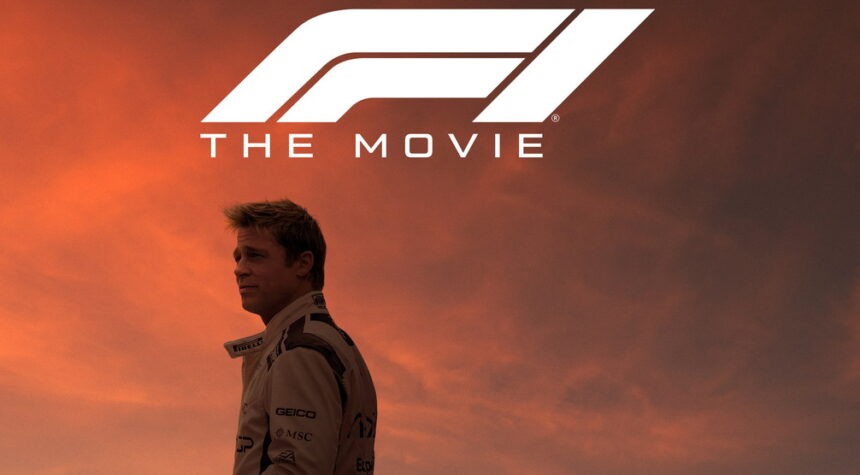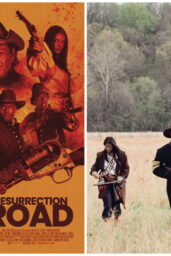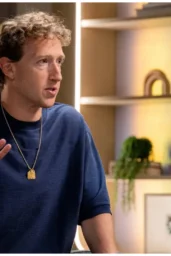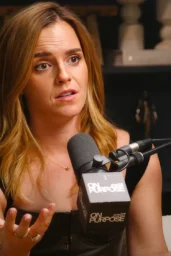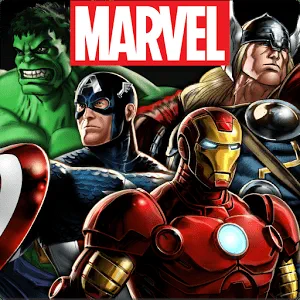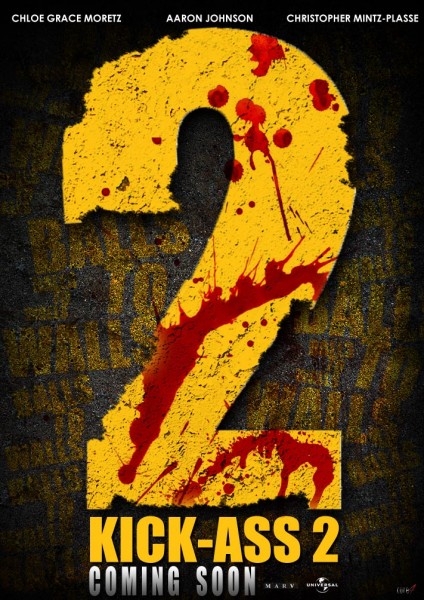I’ll never forget the moment Sonny Hayes (Brad Pitt) smirks in the new F1 trailer, taunting, “You’re just worried I’m quicker than you!”—it’s a gut-punch of bravado that sets the tone. But beneath the high-octane sheen, this trailer for Joseph Kosinski’s Formula 1 flick is hiding something darker: a symbolic collision of past and present that’s more gripping than any race.
The trailer for F1, dropped by Warner Bros, doesn’t just showcase speed—it’s a masterclass in tension. Brad Pitt’s Sonny Hayes, a 90s racing phenom turned recluse after a near-fatal crash, is dragged back into the Formula 1 spotlight to mentor rookie Joshua Pearce (Damson Idris). The footage crackles with their rivalry, every frame dripping with the kind of intensity Kosinski perfected in Top Gun: Maverick. But what caught me off-guard? The poster—Pitt standing tall against a fiery sunset, a sleek F1 car glowing with red brake lights like a beast ready to pounce. It’s not just pretty. It’s a metaphor—those lights aren’t just brakes; they’re the burning scars of Sonny’s past, haunting his return.
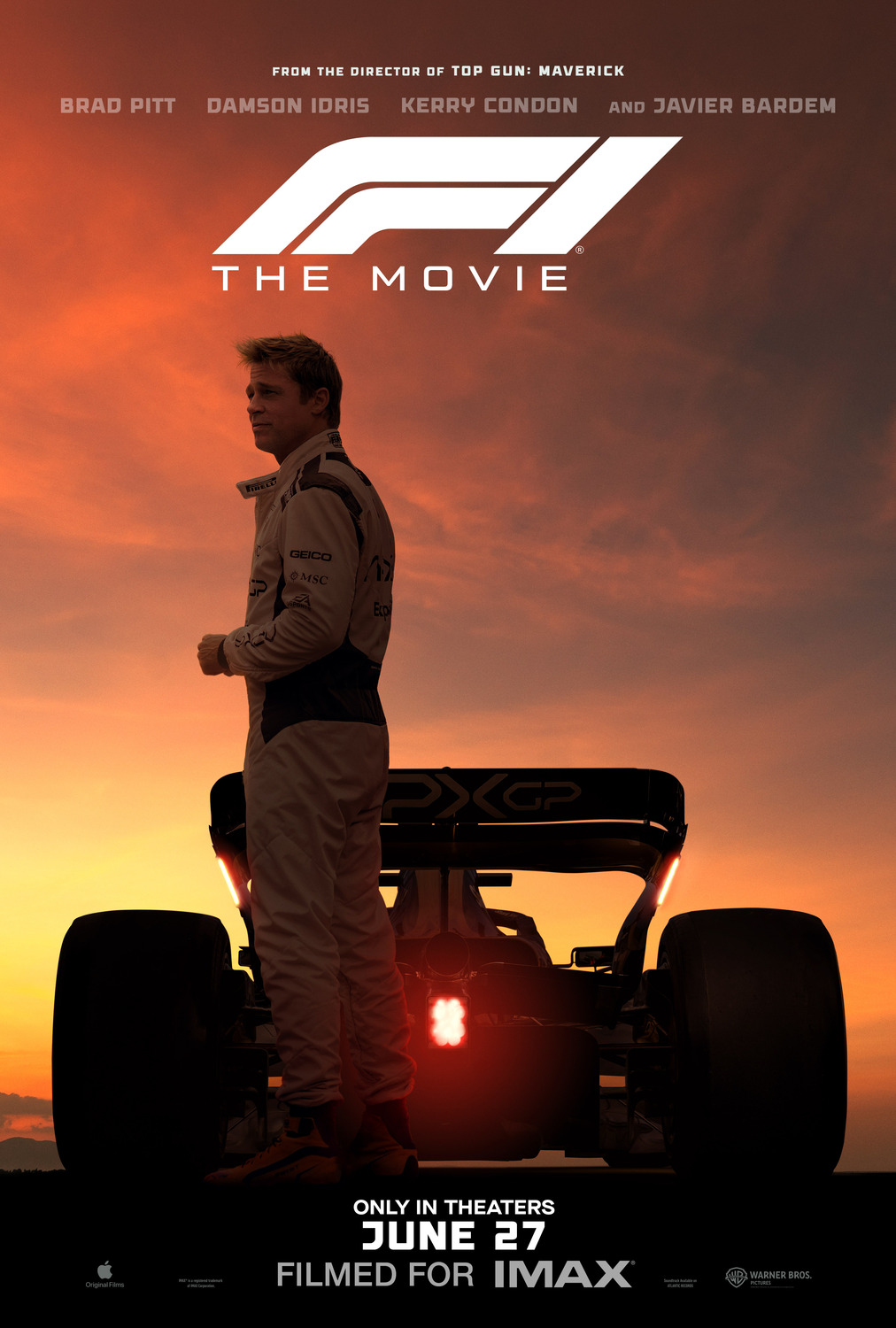
The trailer doubles down on this. Quick cuts of Sonny’s crash—shattered glass, a scream—fade into shots of him gripping the wheel decades later, his eyes hollow but determined. It’s like watching a phoenix rise, only this bird’s wings are clipped by doubt. Damson Idris’s Joshua, all swagger and hunger, mirrors Sonny’s younger self, but their clash isn’t just generational—it’s existential. “You’re either the best, or you’re nothing,” Javier Bardem’s character growls. That line hits hard, echoing the real-world stakes of F1, where drivers like Lewis Hamilton (a producer and cameo star) risk it all for glory.
Let’s talk historical context—this isn’t the first time Hollywood’s tried to capture the adrenaline of motorsport. A decade ago, Rush (2013) gave us the raw, gritty rivalry of James Hunt and Niki Lauda, blending real F1 footage with drama so visceral you could smell the exhaust. It grossed $90 million worldwide on a $38 million budget, per Box Office Mojo, proving there’s an audience for this niche. But Rush was a period piece—F1 is different. It’s modern, sleek, and leans into the spectacle of today’s F1 circus, complete with cameos from Hamilton and Max Verstappen. What makes it stand out? Kosinski’s obsession with authenticity. He filmed during actual F1 races, a logistical nightmare that pays off in every heart-pounding turn.
Compare this to Driven (2001), Sylvester Stallone’s attempt at a racing drama, which flopped hard—$54 million worldwide against a $94 million budget, according to The Numbers. Why? It felt fake, more Fast & Furious than Formula 1. F1 learns from that failure, grounding its stakes in real-world F1 culture while amplifying the emotional wreckage. Sonny’s crash isn’t just a plot device—it’s a nod to real drivers like Ayrton Senna, whose 1994 death still haunts the sport. This isn’t just a movie; it’s a reckoning.
F1 hits theaters June 27, 2025, and teh trailer’s got me hooked—but I’m curious. Will Kosinski balance the symbolism with the speed, or will it crash under its own weight? You’ll either love this or hate it. Drop your thoughts below: are you team Sonny or team Joshua?

